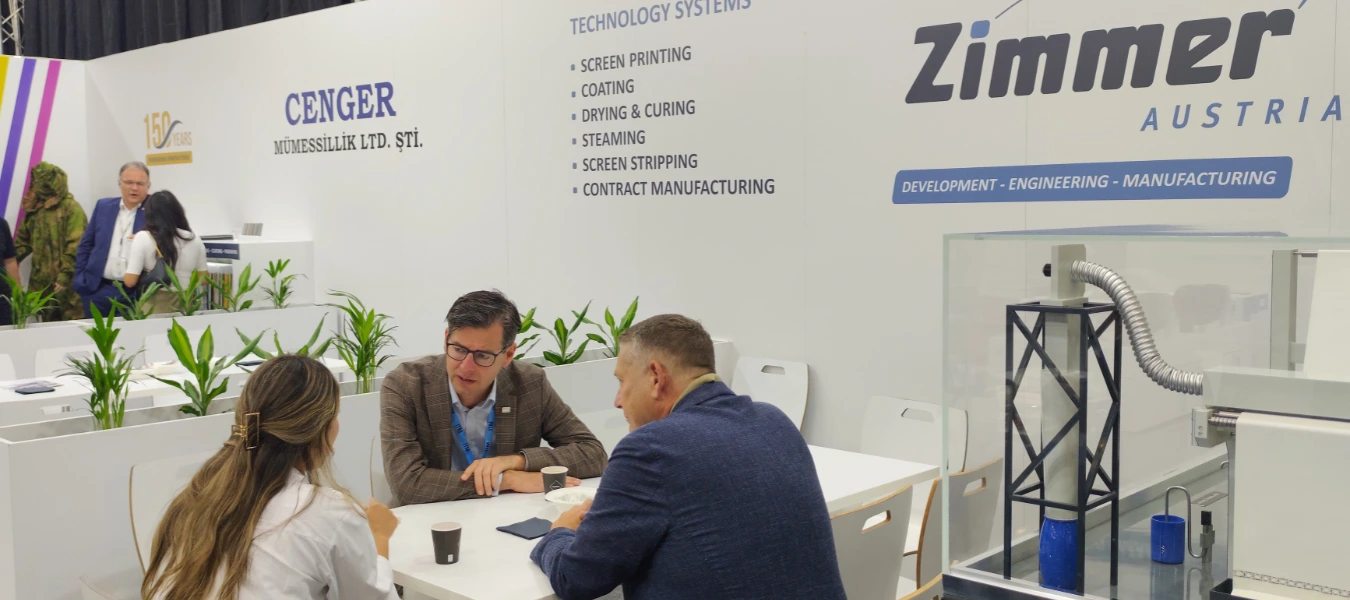by:Josef Osl, GM Marketing, ZIMMER AUSTRIA | Digital Printing Systems
The value of trade shows has always been a topic of debate, and this discussion has become increasingly complex in recent years. The number of trade shows has steadily risen and continues to grow, posing new challenges for companies that need to weigh the historical significance and benefits of such events against the current landscape. In the past, major trade shows like ITMA were held at multi-year intervals, allowing machine manufacturers ample time to prepare for significant development milestones and present their customers with genuine innovations and added value.
Changing Frequency of Trade Shows and Reasons for the Increase
Traditionally, major trade shows were spaced out over longer periods. This approach provided companies with sufficient time for research, development, and the market introduction of groundbreaking technologies. However, the advent of increasing digitization and rapid technological advancements has significantly accelerated the pace of innovation and the need for more frequent presentations. The consumer goods market has fundamentally shifted, requiring machine builders to adapt continuously by offering new technical solutions and tailored technologies. Additionally, the growing emphasis on sustainability in production processes necessitates ongoing adjustments and innovations.
Today, innovation is often marked by smaller, incremental advancements, particularly in the realm of process automation. These more frequent but smaller-scale developments demand timely presentation to remain competitive in the market. As a result, the number of specialized trade shows where companies can showcase their latest advancements has increased.
Challenges Posed by the Variety of Trade Shows
While the growing number of trade shows offers more opportunities for companies to present their innovations, it also comes with significant drawbacks. One major issue is the limited international reach of many shows. Despite being marketed as global events, they often turn out to be predominantly local affairs. Even with substantial advertising budgets and support from regional and national governments, many of these trade shows fail to achieve the desired international visibility and attendance.
For innovative machine manufacturers like ZIMMER AUSTRIA, selecting which trade shows to attend has become increasingly challenging due to the oversupply of events. Many companies now prefer to wait and see if a new trade show proves successful and forward-looking before committing to participation. This strategy enables a more targeted and effective use of marketing budgets and is a common approach among other renowned companies in the industry.
Efficiency and Strategic Target Audience Engagement
The selection of specialized exhibitions is always made with a focus on maximizing efficiency and aligning with the target market. Engaging the right target customers remains the top priority. However, companies must also consider the short duration of many trade shows, which often last only three to four days. In such a limited time frame, it can be difficult to provide comprehensive product presentations. Consequently, many presentations are limited to digital formats and discussions.
Digitalization and Competition from Online Offerings
Digitalization has introduced new competition for traditional trade shows. A more extensive product offering with longer opening hours and a reduced number of trade shows could lead to more effective product presentations. This approach would also benefit customers by simplifying travel planning and improving time management.
Nevertheless, the challenge of increasing trade show diversity persists. In previous years, large plant manufacturers primarily dominated the trade show landscape. Today, however, component suppliers—who serve not only the textile industry but other sectors as well—are becoming more prominent. This shift has led to conflicts of interest and a steady rise in the number of specialized exhibitions, along with increased regionalization of trade shows. For traditional machine and plant manufacturers, this often means participating in regional events, even if it requires adopting less elaborate presentations.
Conclusion
The inflation of trade shows presents both challenges and opportunities for companies. While the growing number of shows complicates selection and strategic planning, it also allows companies to present themselves more frequently and more precisely to an international audience. The key to success lies in how companies manage this challenge and what strategies they develop to position themselves effectively in an increasingly saturated trade show market. A well-thought-out approach to trade show selection, with a clear focus on providing value to customers, will be crucial in navigating this evolving landscape.





















